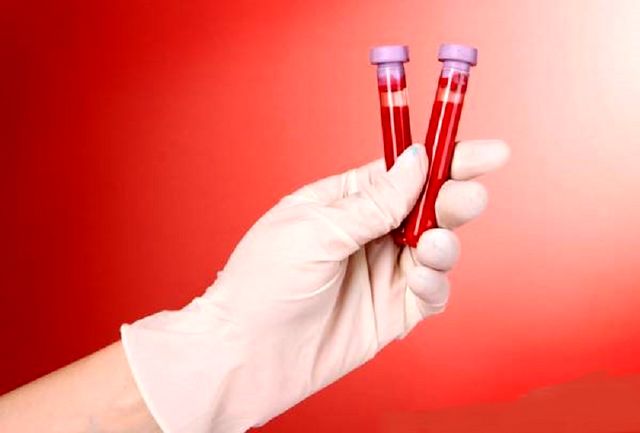
Sideroblastic anemia is a group of blood disorders characterized by an impaired ability of the bone marrow to produce normal red blood cells. It is a result of abnormal erythropoiesis during heme production. In this condition, the iron inside red blood cells is inadequately used to make hemoglobin, despite normal amounts of iron. As a result, iron accumulates in the red blood cells, giving a ringed appearance to the nucleus.
Two common features of sideroblastic anemias are:
-
Ring sideroblasts in the bone marrow
-
Impaired heme biosynthesis
Sideroblastic anemia is known to cause microcytic and macrocytic anemia depending on what type of mutation led to it.
Types of Sideroblastic Anemia:
There are two types of sideroblastic anemia:
1-Hereditary
It is related to a mutated gene.
Other genetic conditions, such as Pearson syndrome or Wolfram syndrome, may also cause sideroblastic anemia.
2-Acquired
It can develop after nutritional deficiencies such as copper and vitamin B6, exposure to toxins, and other health challenges such as hypothermia.
Certain medications, such as antibiotics, progesterone, and anti-tuberculous agents, may also trigger sideroblastic anemia.
Sideroblastic Anemia Causes
Increased iron accumulation in mitochondria from abnormal iron metabolism causes the formation of reactive oxygen species, and damages forming erythrocytes, usually in later stages of maturation. Thus, even though the bone marrow is hyperplastic and forming effective red cells, many of them are destroyed within the marrow. In addition to this, impaired hemoglobin production causes a reduced number of mature erythrocytes.
Sideroblastic Anemia Symptoms:
Without sufficient oxygen, organs such as the brain, heart, and liver can start to work less efficiently, causing symptoms and potentially serious long-term health problems.
Some symptoms of sideroblastic anemia:
-
Fatigue
-
Breathing difficult
-
Weakness
-
Enlargement of the liver or spleen
-
Pale skin color
-
Headache
-
Tachycardia
Sideroblastic Anemia Diagnosis
The diagnosis of all forms of SA by definition requires the detection of RS in the bone marrow aspirate by iron staining. Clues to the diagnosis of SA that would prompt a bone marrow evaluation and confirmation of SA include:
-
Unexplained anemia is often but not exclusively microcytic with distinct features on a blood smear such as basophilic stippling.
-
Anemia in a male infant, male child, or female adolescent, or young adult with iron overload.
-
Anemia in patients with a family history of SA or those with reversible factors associated with SA.
Some tests for diagnosing SA
ü CBC
ü Bone marrow examination
ü Genetic testing
SA is suspected in patients with microcytic anemia or a high RDW anemia, particularly with increased serum iron, serum ferritin, and transferrin saturation. Bilirubin level may be slightly elevated due to the destruction of ineffective erythroblasts. Bone marrow examination can reveal erythroid hyperplasia.
Serum lead is measured if sideroblastic anemia has an unknown cause.
Sideroblastic Anemia Treatment
The treatment may differ depending on the underlying causes.
For acquired cases, avoidance or removal of the toxin or causative medication may lead to recovery.
Vitamin B6 therapy may beneficial in both forms. If vitamin B6 therapy is not effective, a blood transfusion can be useful, but since it has been known to worsen iron overload, the benefits and limitations of this option should be carefully considered.
ü It is recommended that all individuals with sideroblastic anemia avoid zinc-containing supplements and the use of alcohol.
ü Copper supplementation in copper deficiency usually helps reverse the anemia. 2mg of PO or IV copper a day is the average dose and usually corrects the abnormality in about 2 months. Sometimes higher doses and for longer periods are required.
Many patients with sideroblastic anemia require chronic transfusion to maintain acceptable hemoglobin levels. Even in patients with no meaningful transfusion history, some authorities advocate yearly monitoring of the ferritin level and transferrin saturation. Iron chelation with desferrioxamine is the standard treatment for transfusional hemochromatosis. Occasionally, patients with modest anemia, who are not transfusion-dependent will tolerate small-volume phlebotomies to remove iron. In some cases, the anemia improves with the removal of excess iron.




